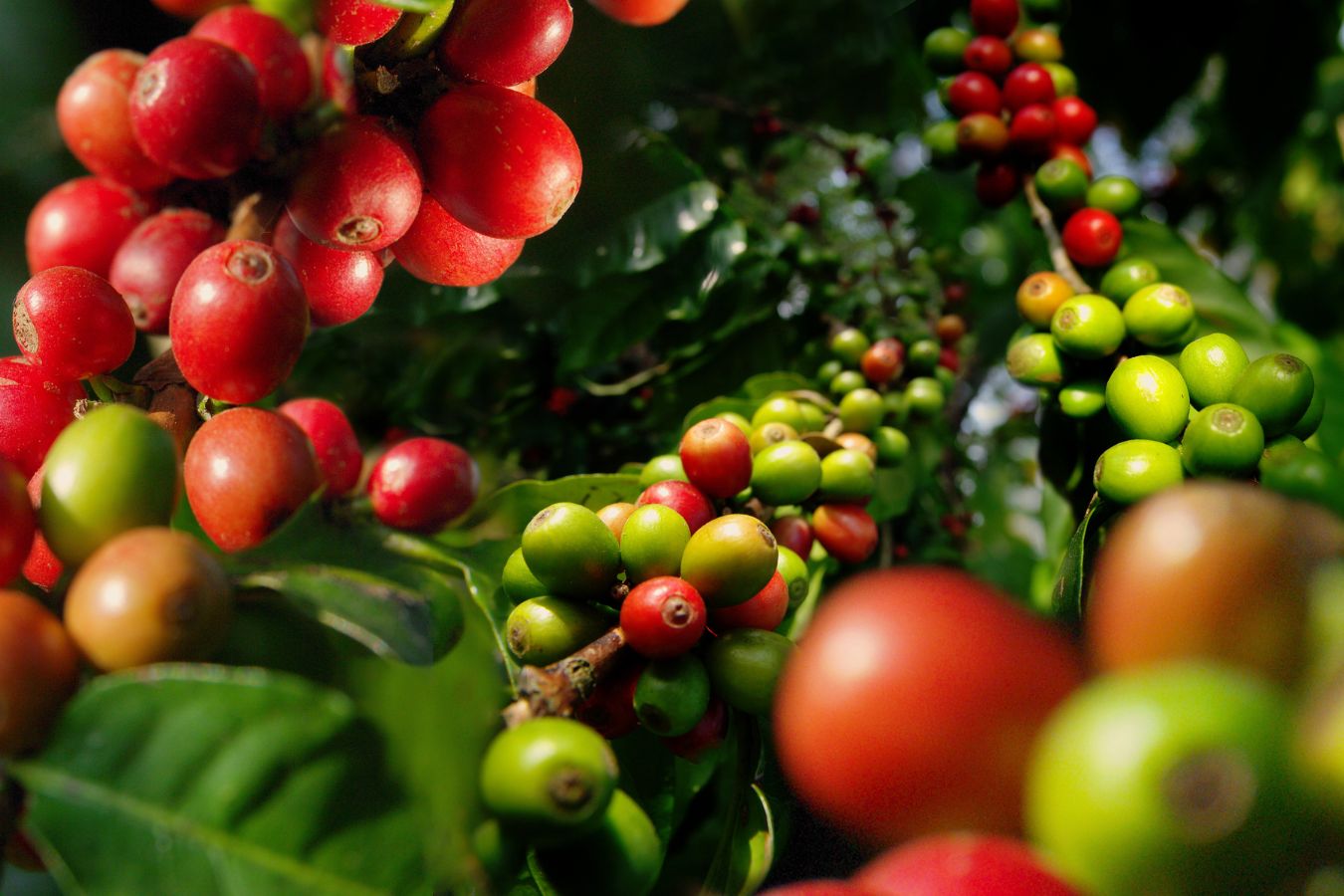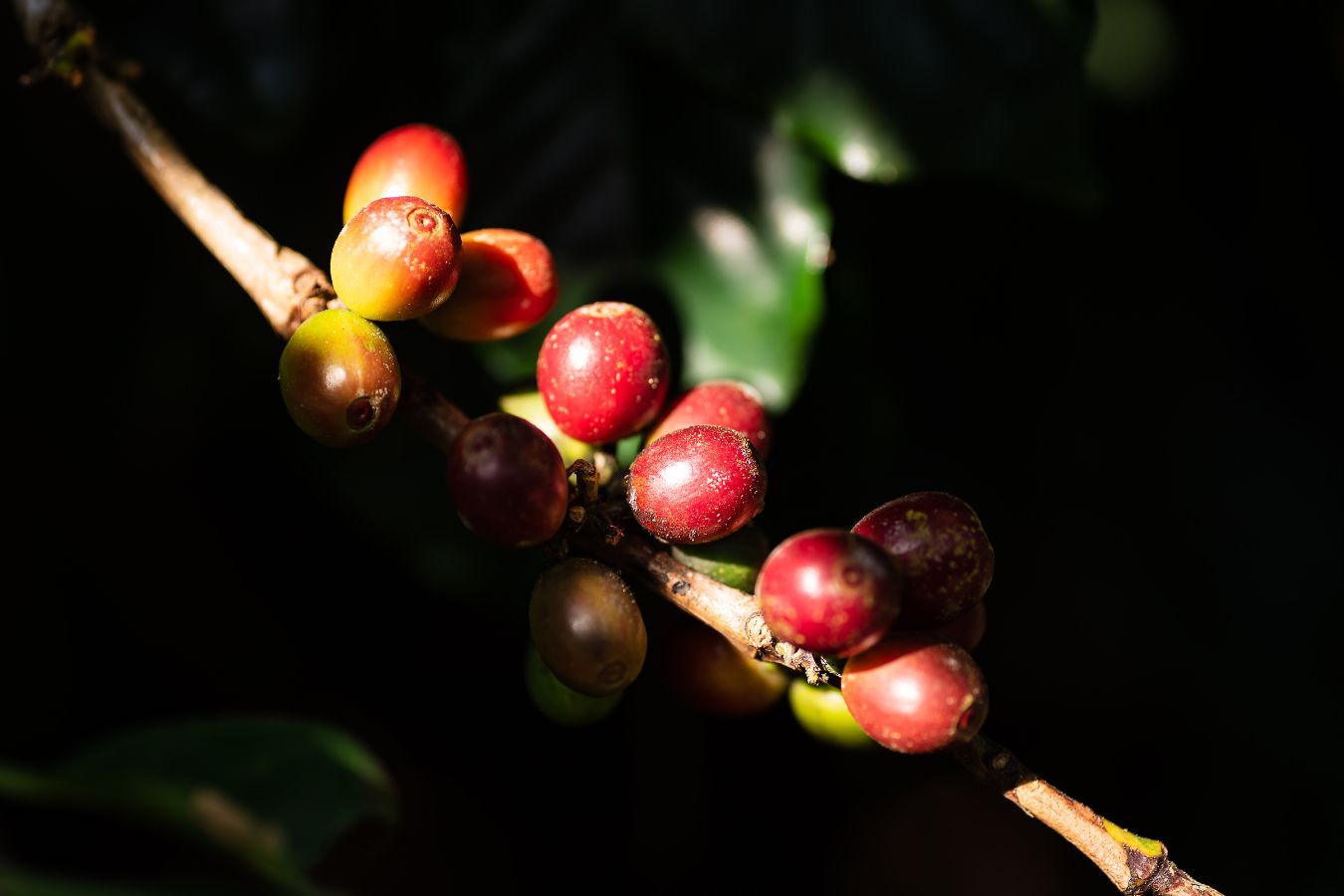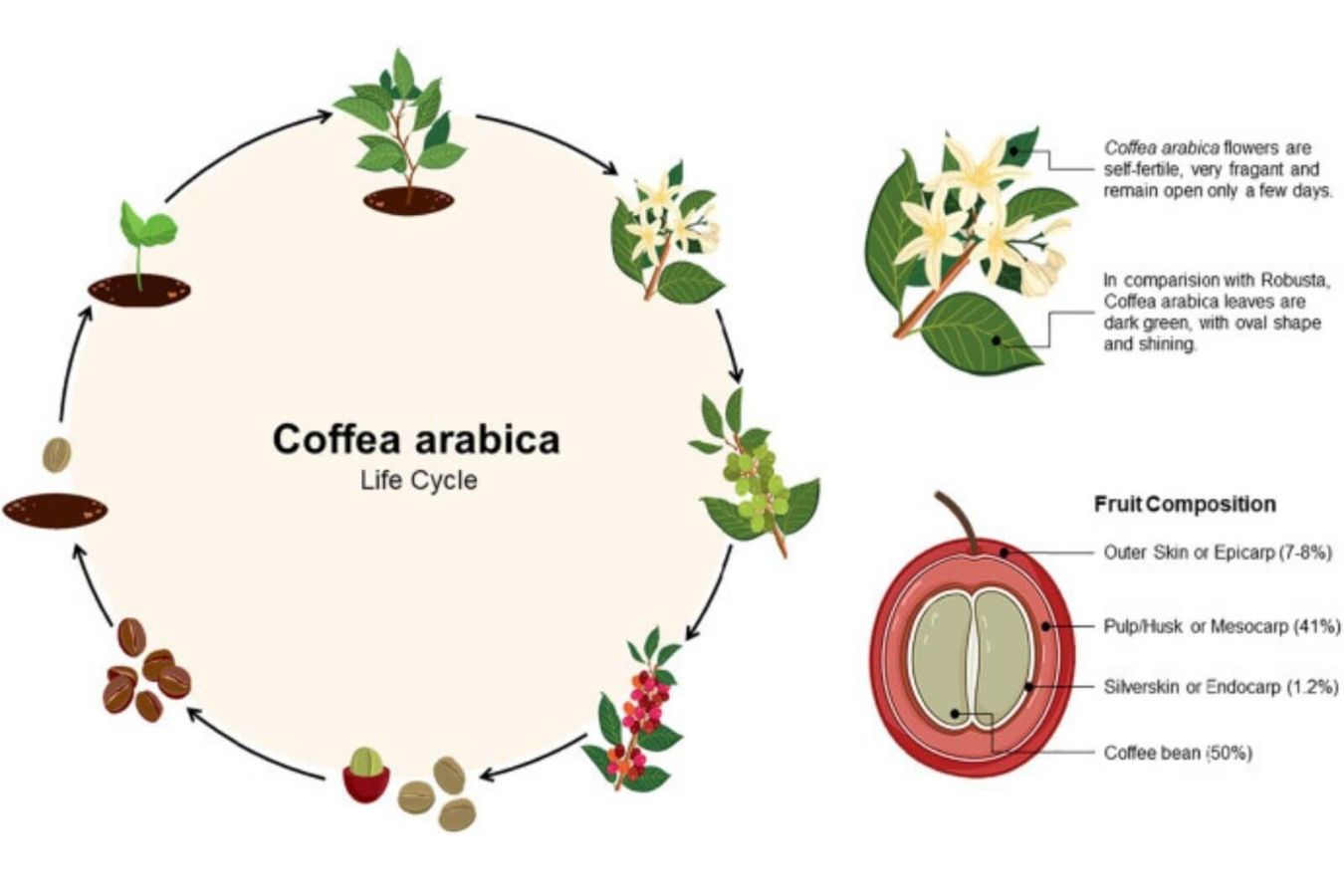
Botany (species, species)
Coffee is a member of the Rubiaceae plant family, including 500 genera and over 6000 species. Tropical trees and shrubs thrive primarily in the jungle’s bottom strata. Other members of the Rubiaceae family include the species Gardenia and plants that extract quinine and other valuable substances, but the genus Coffee (Coffea) is the most economically important.

Botanists have been divided on the same classification system for the genus Coffee since Linnaeus first accurately defined it in the mid-18th century. At least 25 main species are native to tropical Africa and a few Indian Ocean islands, including Madagascar. The variety of plants and seeds in the genus Coffee (Coffea) makes classification and designation increasingly challenging. Coffee species are all woody, although they range in size from small shrubs to trees over 10 meters tall; leaves can be somewhat yellow, dark green, dark yellow, or purple-tinged.
Coffea Arabica (tea coffee), which accounts for more than 60% of global production, and Coffea Canephora are the two most economically important coffee species (Robusta coffee). Coffea Liberica and Coffea Dewevrei are two other types that are farmed in lower quantities (Excelsa coffee).
| Arabica | Robusta | |
| When the species was announced | 1753 | 1895 |
| Number of chromosomes (2n) | 44 | 22 |
| Time from flowering to fruit ripening | Nine-month | 10-11 month |
| Flowering time | After the rain | rarely |
| Ripen fruits | Fall | Still on the tree |
| Productivity (kg beans/ha) | 1500-3000 | 2300-4000 |
| Root system | Sâu | Nông |
| Optimal temperature (yearly average) | 15-24° C | 24-30° C |
| The optimal amount of plot | 1500-2000 mm | 2000-3000 mm |
| Optimal altitude | 1000-2000 m | 0-700 m |
| Mushroom Hemileia vastatrix (rust disease) | Hypersensitive | Resistance |
| Koleroga’s disease | Hypersensitive | Can endure |
| Nematodes nematodes | Hypersensitive | Can endure |
| Tracheomycosis | Can endure | Hypersensitive |
| Berry disease (coffee anthracnose) | Hypersensitive | Can endure |
| The caffeine content in seeds | 0.8-1.4% | 1.7-4.0% |
| Seed shape | Horizontal flat | Oval |
| Set typical annealing | Acidity | Bitter, full |
| Trunk | medium 1.2% | medium2.0% |
Arabica coffee growing (search)
Linnaeus described Arabica coffee for the first time in 1753. The most well-known strains and variations are “Typica” and “Bourbon.” Still, many others have emerged, including Caturra (Brazil, Colombia), Mundo Novo (Brazil), Tico (Central America), the San Ramon dwarves, and the Jamaican Blue Mountains.

The Arabica tree is a large blossom with dark green oval leaves. It differs from other species genetically because it is tetraploid (4n) rather than diploid (2n) (2n). The tree produces oval fruit that matures in 7 to 9 months and contains typically two flat seeds (coffee beans) – it’s called Culi coffee when only one develops.
Illness resistance is a fundamental goal of plant breeding initiatives since Arabica coffee is prone to insect assault and disease. Arabica coffee is cultivated from India to Indonesia in Latin America and Central and East Africa.
Robusta coffee
Robusta coffee is a frequently produced type of this plant. It can grow up to 10 meters tall as a vigorous bush or small tree, although its root structure is shallow rather than deep.
The fruit is circular and matures in 11 months; the seeds are oval and more petite than Arabica coffee’s fruit. Robusta coffee is cultivated in West and Central Africa, from Southeast Asia to the Brazilian state of Conlon.
Liberica coffee
Liberica coffee is a vast, resilient tree with broad, stiff leaves that can grow up to 18 meters tall. Fruit with a lot of seeds. Liberica coffee is grown in Malaysia and West Africa, although only a tiny proportion is traded due to its low specific taste criteria.
Propagation of plants (article)
Arabica coffee is a type of coffee that is grown in
Arabica is a tetraploid plant that can pollinate itself. The plants are divided into two types: typical and bourbon. Historically, typical was grown in Latin America and Asia, whereas bourbon was raised in South America and then transported to East Africa via the French colony of Bourbon. These types are likely to be genetically stable since C. arabica is self-pollinating.
On the other hand, spontaneous mutations with favorable features are fostered in their own right and used for crossbreeding. The following are several mutations and varieties:
Caturra is a compact version of bourbon; Maragogipe is a mutant typical with larger seeds; San Ramon is a common form of typica, and Purpurascens is a purple-leafed form of typical.

Many cultivars have been created to maximize economic profit under specific regional variables like climate, soil, agricultural methods, and pest and disease prevalence. The following are some of the better cultivars:
Blue Mountain is a variety of blueberries produced in Jamaica and Kenya.
Mundo Novo is a cross between typical and bourbon widely grown in Brazil.
Kent, which is grown in India, is resistant to several ailments.
Casual – a hybrid of Mundo Novo and Caturra with yellow foliage and red fruit: Catuai-amarelo and Catuai-Vermelho are two varieties of Catuai.
Canephora coffee
Canephora is a diploid plant that cannot self-fertilize and comes in various forms and combinations. Cultivar identification is tricky, although there are two primary types:
– upright shape (‘Robusta’)
– ‘Nganda’ – a kind that is rapidly spreading
Arabica Robusta Hybrid
Growth and bloom, yield, grain size and shape, quality, caffeine content, disease, and drought resistance are among traits that are carefully bred into the coffee.
They are crossbreeding Arabica and Robusta to boost Arabica disease resistance, Robusta vitality, or Robusta quality.
Hybrid de Timor is a 44-chromosome natural hybrid of Arabica x Robusta, the Arabica coffee cultivar.
Catimor is a coffee rust-resistant hybrid between Caturra and Hibrido de Timor.
Ruiru Eleven is a short hybrid. It was launched in 1985 at the Coffee Research Station in Ruiru, Kenya. Ruiru 11 can induce rust and coffee berry disease. Growing at twice the typical density is likewise highly prolific and steady.
The Icatu hybrid was created several times by crossing Arabica x Robusta and Mundo Novo x Caturra hybrids.
Hybrid Arabusta is a quadrupled cross between Arabica and Robusta.
Coffee propagation techniques include:
- Pollination and seed propagation under strict supervision.
- Propagation by use of plants.
Grafting and cuttings are two traditional methods.
Micropropagation and vegetative embryogenesis are two new tissue culture methods.
In recent years, researchers have looked into the possibility of genetic manipulation in coffee utilizing recombinant DNA technology and tissue culture techniques. It is possible to develop plants with the right features by inserting new genes for qualities such as insect or pesticide resistance or genes coding for coffee quality attributes. It’s no longer impossible to want something